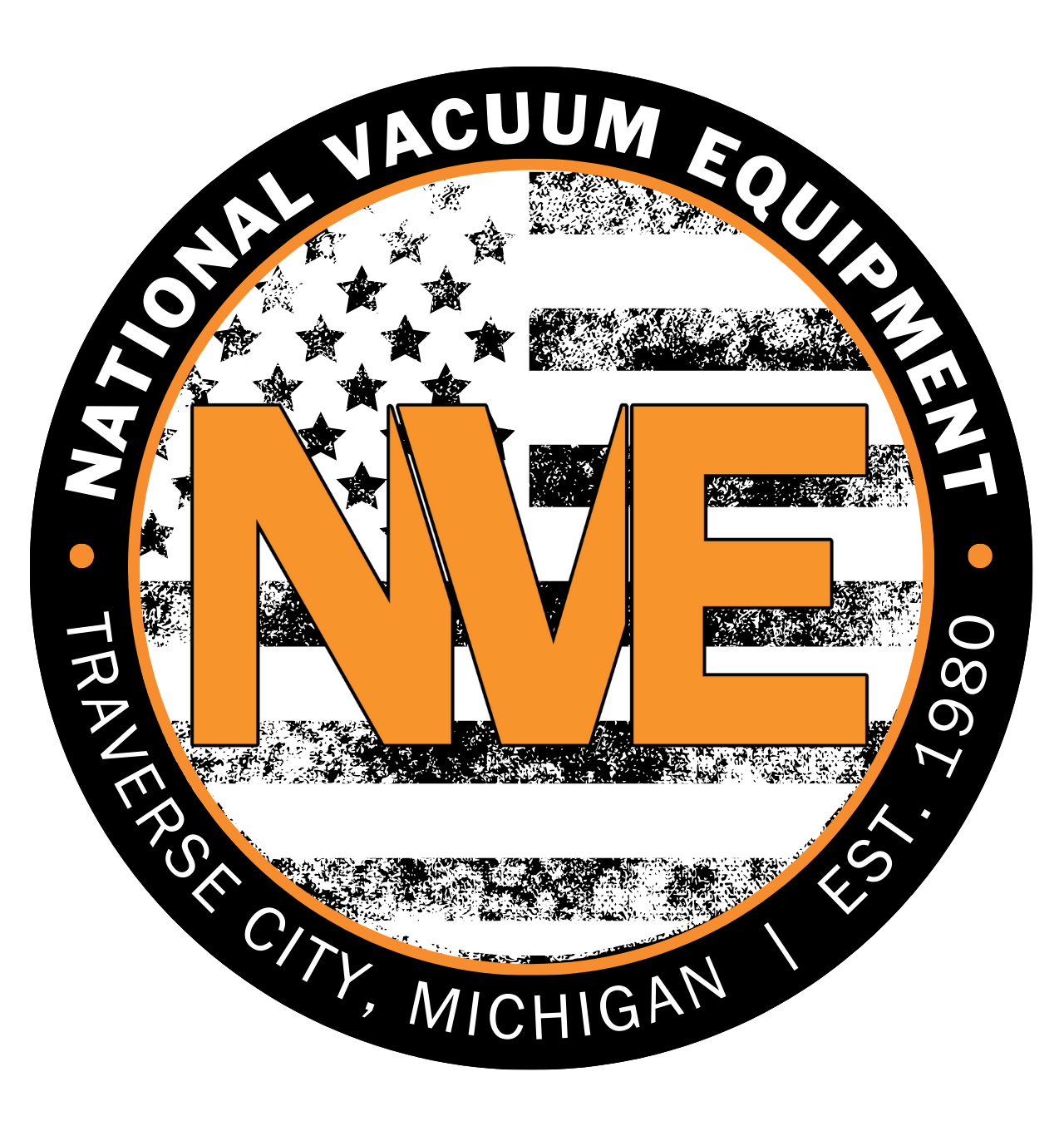
From "Leelinau" To "Bec-Scie," The Origins Of Our Places' Names
By Ross Boissoneau | Dec. 8, 2019
Many of the city and county names around the area come from Native American words. Others are named for settlers. But which is which, and why? Last month we looked at area street names and their origins; today we explore the history of our own towns’ names.
Start with the Great Lakes State itself. The name Michigan is derived from the Ottawa word “mishigami” meaning “large water” or “great water” in reference to the surrounding freshwater seas, per Freelang Ojibwe Dictionary.
Grand Traverse County and Traverse City are named from Grand Traverse Bay. Eighteenth century French voyageurs made la grande traverse or “the long crossing” across the mouth of the bay.
According to the Clark Historical Library of Central Michigan University, Benzie County and Benzonia are named for a derivation of the French "aux-Bec Scies," a name originally applied to a river running through the county which was home to sawbill ducks. “The river of sawbills,” or in French bec-scie, ultimately became the Betsie River. Benzonia and Benzie County followed, all through a series of mispronunciations.
Kalkaska and Leelanau are among the ten counties in Michigan whose names were created by Henry Schoolcraft, a geographer, geologist and ethnologist, who served for a time as a United States Indian Agent in the state. His made-up words often combined Native American words with roots from Greek, Latin and Arabic, sometimes leading to disputed sources.
For example, according to DowntownKalkaska.com, the name of that county and city is a Native American word, sometimes said to mean a flat table land. Others maintain that the word means burned-over territory.
Not so fast. Wikipedia cites it as being derived from Schoolcraft's family name, Calcraft, with the K's added later.
Likewise, Leelanau’s name has been cited as a Native American word or combination of Native American and French ascribed to Schoolcraft, meaning “delight of life.” But the Library of Michigan calls it a name totally fabricated by Schoolcraft, who sometimes gave the name “Leelinau” to Native American women in his stories.
Antrim County was originally named Meegisee County, after a Native American chief. It was renamed as a nod to County Antrim in Ireland, and is one of several counties in Michigan named after Irish counties.
According to the Pure Michigan website, in 1855 Frank Martin built a home on the northern shores of the swamp delta of the Betsie River. Come winter, snowdrifts surrounded the house, so Martin built a wooden stockade around it to keep the drifts away. His neighbors thought it looked like a fort, so when the neighbors referred to Martin’s home they called it “Frank’s Fort.” As time went on, it was shortened to Frankfort, and the town had a name.
In Leelinau – make that Leelanau – the village of Empire was founded in 1851, but it wan’t until 14 years later it got its name, when the schooner Empire was icebound during a storm in 1865. Gill’s Pier was the settlement around the William Gill & Son lumber mill. Leland comes not from Leelanau, but from its exposure to the north winds, so it became Lee Land. Suttons Bay was founded on land once owned by Harry Sutton, and was originally named Suttonburg. It was changed to Pleasant City when it was replatted in 1860, but that settlement failed, and it reverted to Suttons Bay a year later.
Lake Leelanau similarly has gone through some name changes. Originally Le Naro, for its location at the narrows of (then) Carp Lake, it was dubbed Provemont when it got its first post office in 1871. It received its current name in 1924.
Head now to Kingsley, where Judson Kingsley first platted it as a part of its homestead; its depot on the Grand Rapids & Indiana Railroad was named Kingsley Station in 1874. Like Suttons Bay, it too was renamed, to Paradise for the township, before reverting back to Kingsley in 1882. No doubt Mr. Kingsley, by now the postmaster, was pleased, as was his son, who succeeded him as postmaster.
Fife Lake was indeed named the lake it borders, though originally it was Fyfe Lake. It was later joined by North Fyfe Lake, with the former changed to Fife Lake in 1875, as it should have been all along (as it was named for William Fife of Acme). The two were incorporated as one in 1889.
And what of Acme? No, it was not named for the company which provided Wile E. Coyote with all his gadgets, but instead takes its name from the Greek word acme, meaning summit.
Some information courtesy Michigan Place Namesby Larry B. Massie







